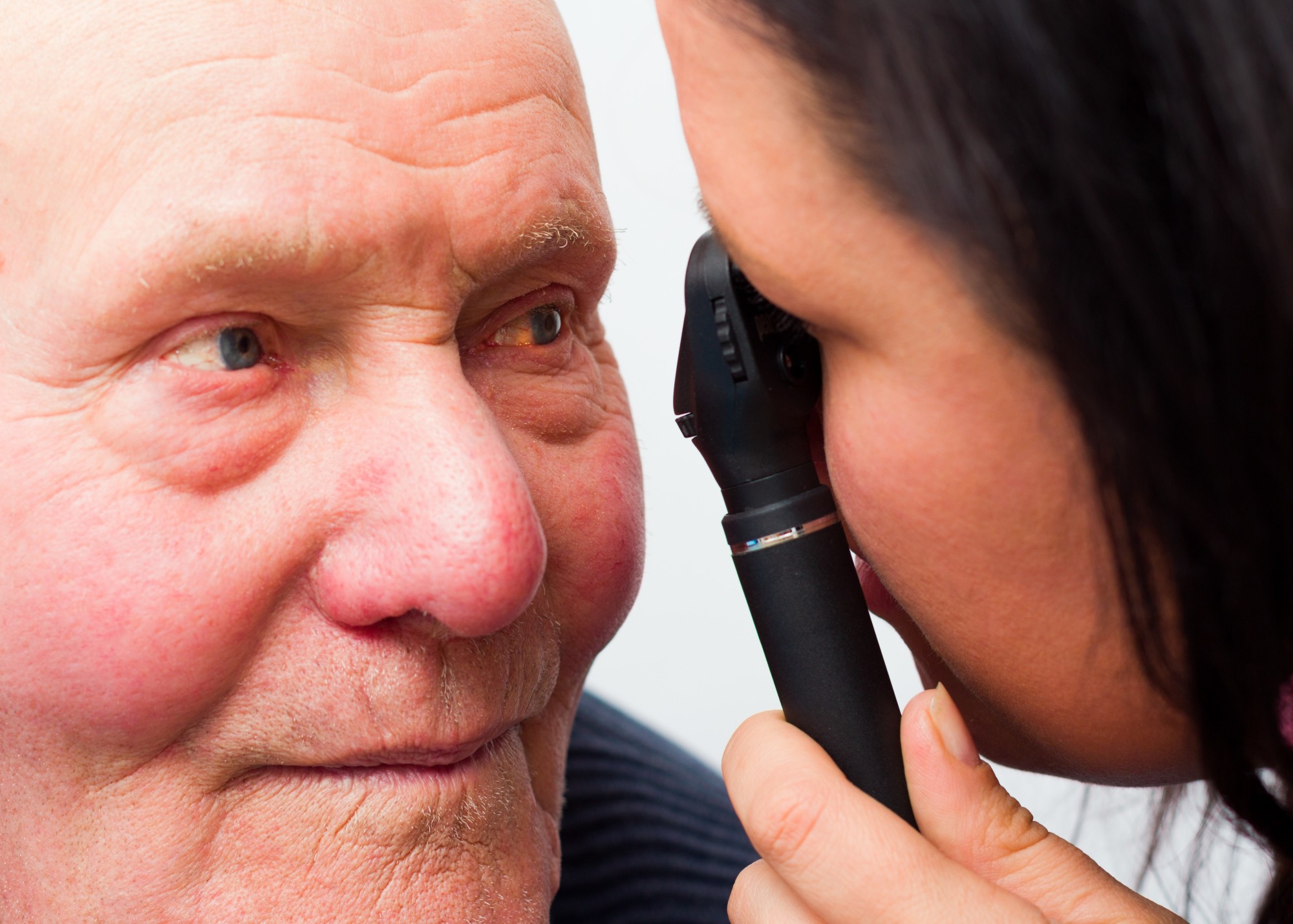-
Call us now
03 9088 8059 -
12 Wellington Parade
East Melbourne VIC 3002 -
Mon - Satday
08:00 to 20:00

Glaucoma is second only to macular degeneration when it comes to going blind. Over 5 million humans suffer from this slow and debilitating disease of the eye worldwide.
There are many ways to approach your glaucoma treatment through herbs, Ayurveda, diet, and exercise. Finding the right one for you may take time and experimentation, so be sure to speak with your doctor or healer before making any major changes.
Glaucoma Symptoms
There are several different types of glaucoma with the most common being Primary open-angle. This variety accounts for 90% of glaucoma cases, often without any warning signs of pain.
Your eyes have many filtration systems for optimal function. When drainage in your eye slows, pressure increases.
Increased ocular pressure and its symptoms develop slowly. Glaucoma’s insidious nature can cause up to 50% vision loss before its’ victim realizes they need to seek help. Despite the many treatment options available, vision loss due to glaucoma cannot be restored.
The greatest defense is to catch it early before vision loss sets in. Routine eye exams to monitor your ocular pressure–especially if you are over 60–can prevent irreparable damage.
The highest risk groups include:
- People with family history
- Over 60
- Suffering from dry eye
- Diabetics
- Obesity
- Hypertension
- If you’re a steroid user
- People with eye injuries
Healthy Lifestyle
One of the significant catalysts for the onset of glaucoma is a noticeable reduction of blood flow. When the brain is not receiving enough oxygenated blood, it puts many of our systems at risk, including our eyesight.
Maintaining cardiovascular health is crucial when it comes to supporting your eyes. If you suffer from hypertension, high cholesterol, or other heart problems then your risk of developing glaucoma increases.
If you’ve ever suffered from a thyroid disorder, according to this study, you are 38% more likely to develop glaucoma.
Diabetes has also been shown to be a major contributor to glaucoma. In fact, if you have diabetes then you are twice as likely to develop glaucoma. Diabetes survivors should get their eyes examined and measured by a doctor at least once a year.
The health of your eyes depends on the health of your body. Adopting healthy habits, kicking negative ones, and reducing the oxidative stress on your body is all within your power to positively affect change in your eye health.
Diet and Nutrition
A balanced diet is imperative for your body to perform its many functions properly. Your eyes are no exception.
Foods rich in antioxidants are your friends! Fruits and veggies high in Vitamin C, A, and beta carotene all help to fight the symptoms that make glaucoma worse. These foods include:
- Leafy greens; kale, spinach, broccoli, collard greens, and celery
- Orange foods; pumpkin, carrots, sweet potatoes, mango, and cantaloupe
- Anthocyanin high foods; blueberries and cherries
- Wild-caught fish contains EPA and DHA fatty acids to improve eye health
Incorporating one or more of these foods into your daily eating habits can help to improve overall eye health. If the thought of eating fish all the time does not sound appealing to you, then fortifying your diet with supplements could be right for you.
Be sure to speak with a professional, doctor, or healer before making significant lifestyle changes.
Ayurvedic Treatments
The ayurvedic practice associates the eyes to the element of fire. Many of the natural Ayurveda glaucoma treatments for eyes will be cooling, soothing, topical therapies. The symptoms your experience may manifest in your eyes, however, the ultimate goal of Ayurveda is to balance all the Doshas in the body.
Doshas are an essential principle of Ayurveda and the foundation for such a personalized approach to health. There are three Doshas—Vata, Pitta, and Kapha—derived from the 5 elements; ether, air, fire, water, and earth. They represent humans’ unique blend of emotional, physical, and mental characteristics.
Aschyotana – Medicated eye drops applied for anti-inflammatory properties. These eye drops include–but are not limited to–ingredients such as honey, turmeric, holy basil (tulsi), and Indian gooseberry.
Tarpana – A method that applies cooling flour doughnuts placed around the eyes, then filled with medicated ghee. Alleviates pain from constant straining, and dry itchy eyes. The ghee floats over your eye/s for about 20 minutes.
Nasya – Herbal oil that is applied in each nostril. Using the nasal orifice, specific herbs and powders can be administered to the entrance of the head. Ingredients can include–but are not limited to–Gotu Kola, calamus, skullcap, and eucalyptus.
Herbal Remedies
- Gokshura – the root and fruit of this small leafy plant are used to reduce swelling, inflammation, and cholesterol. Available in powders and capsules.
- Amla – or Indian Gooseberry is loaded with Vitamin C, antioxidants, and anti-inflammatory properties. Available in powders and capsules.
- Triphala – A combination of three very powerful plants in Ayurveda, including Amla. These are powdered and drank as a tea on an empty stomach, or taken daily as a capsule.
- Shigru – or Moringa and it is loaded with phytochemicals, protein, calcium, beta-carotene, vitamin C, and potassium.
- Haridra – turmeric! This superfood is loaded with antioxidants
Natural Glaucoma Treatment Options
When you experience symptoms or suffer from ocular pressure build-up, there is often more than just meets the eye that is imbalanced.
Approaching glaucoma treatment naturally is a call for total body wellness to reduce pressure, and increase blood flow with healthy oxygenated blood. Ayurvedic approaches to wellness encourage the overall balance of your body.
To find out if this approach is right for you, get your first 10-minute consultation for free.
